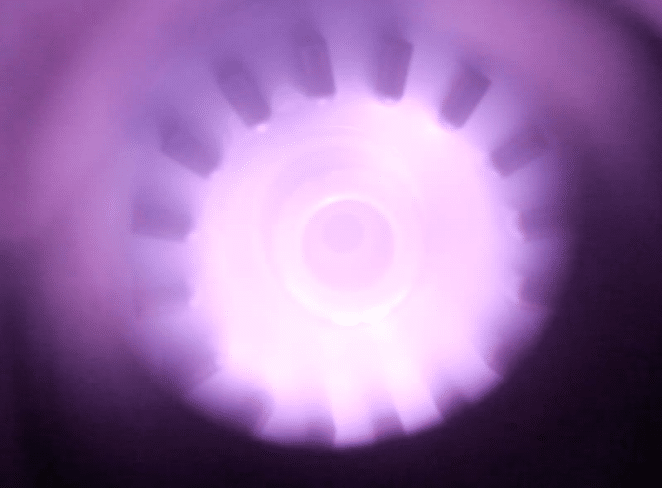LPP Fusion News

Written by Tim Lash, Focus Fusion Society Contributor.
LPP Fusion recently released a newsletter. The letter outlined three items and gave insight into the research program for the balance of 2017. News of a new cathode along with reactor data analysis and maintenance updates were included.
The most significant news was the arrival of a new beryllium cathode. A beryllium anode was received earlier in the year. With both in hand, plans for swapping out the current tungsten terminals can proceed. The balance of September will see some final testing with these tungsten electrodes. Then disassembly of the vacuum chamber will begin. The reaction chamber will receive a fresh titanium coating and have the electrodes changed out. “We expect that beryllium electrodes will solve the impurity problem that has been limiting fusion energy yields for years,” says LPPF Chief Scientist Eric J. Lerner. This replacement cycle and maintenance period will last most of 2017. Experiments with the new beryllium electrodes should start around year-end.
Other LPP Fusion news detailed the efforts of Student Intern Justin Cohen (a junior nuclear engineering major at North Carolina State). Justin worked with Mr. Lerner investigating a discrepancy between measured ion energies and observed radiation. LPP Fusion instruments occasionally measured high energy deuterons (deuterium nuclei). These high energy particles should strike the reactor interior causing residual radiation. Yet, measured radiation levels remained low. Justin’s work has lead to a revision in a Java program used to measure ion energies in the Focus Fusion 1 (FF1) reactor. The Java updates will allow past results to be reanalyzed for clues to resolving the puzzle of the high ion beam energies.
Efforts aimed at cleaning the tungsten electrodes were also described. The interior of the FF1 reaction chamber is bathed in plasma heated via microwave radiation. The microwaves are fed into the reactor using two coupled magnetrons. This plasma attacks the tungsten oxides that have formed on the electrodes. Once the cleaning is complete, some last minute results from the tungsten electrodes may be derived. Then preparations for beryllium experiments will get underway.